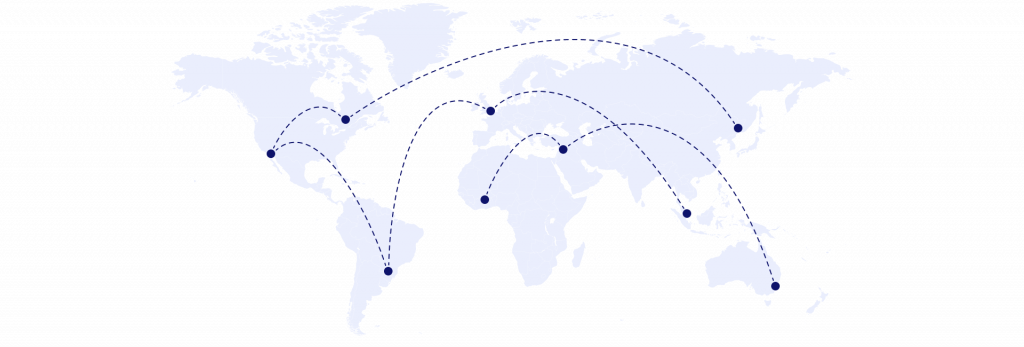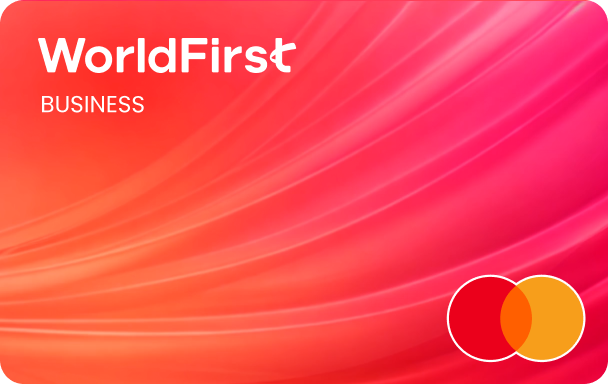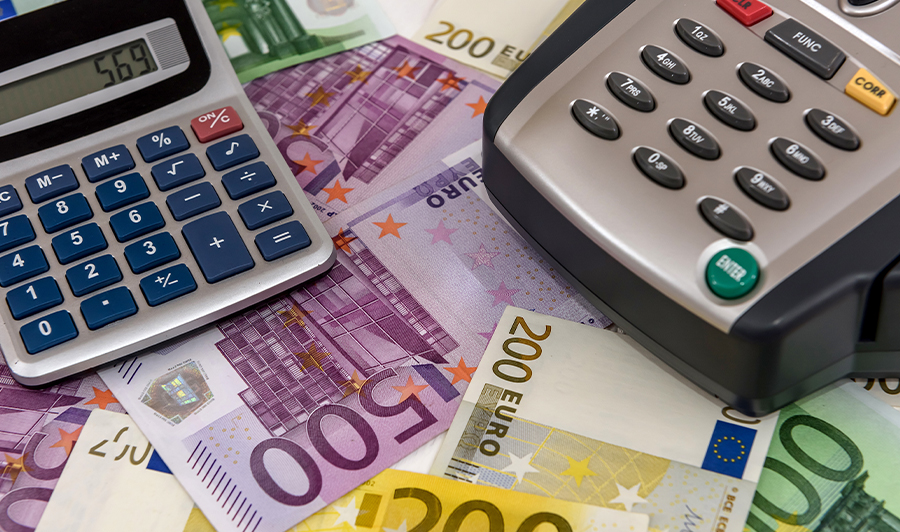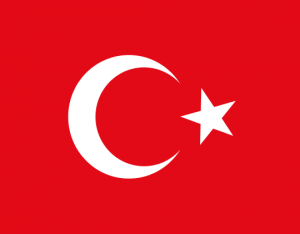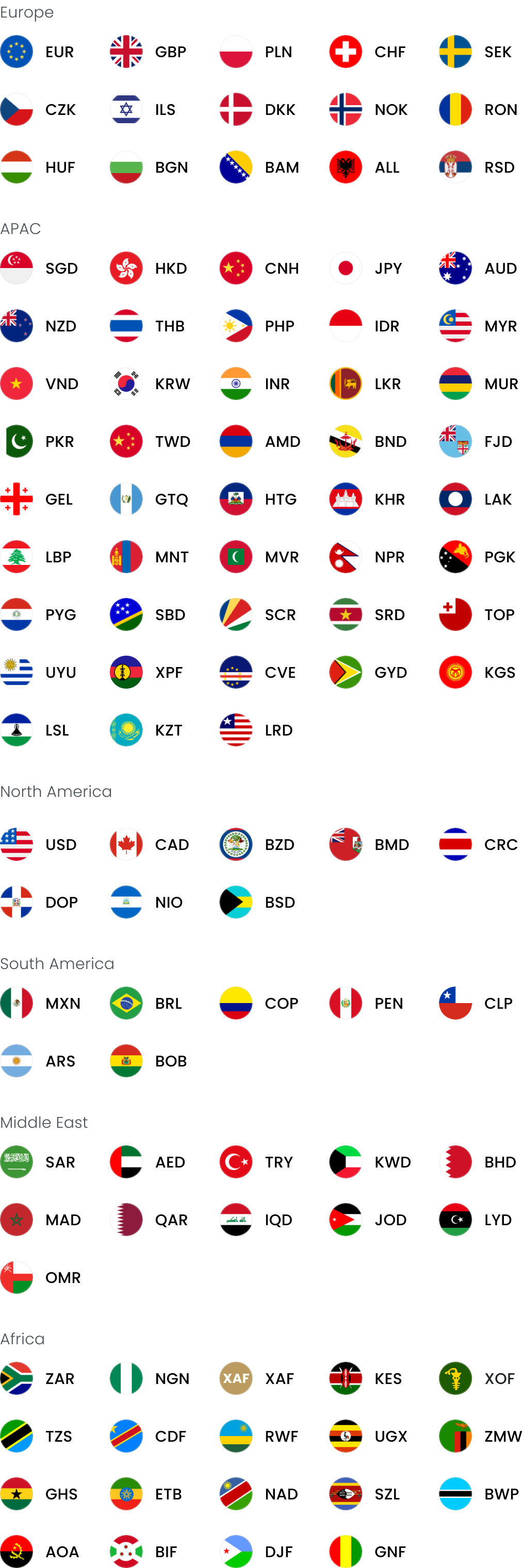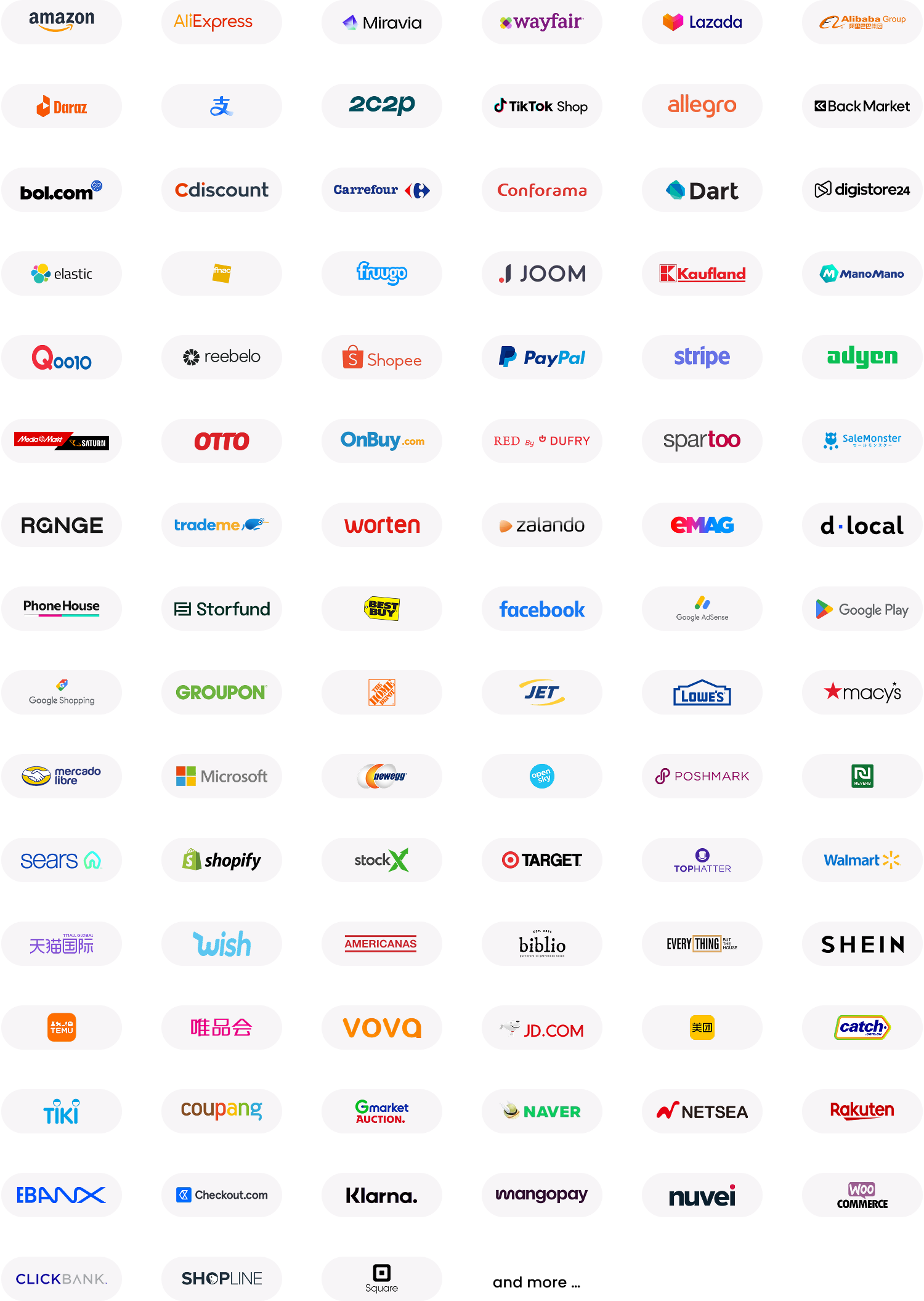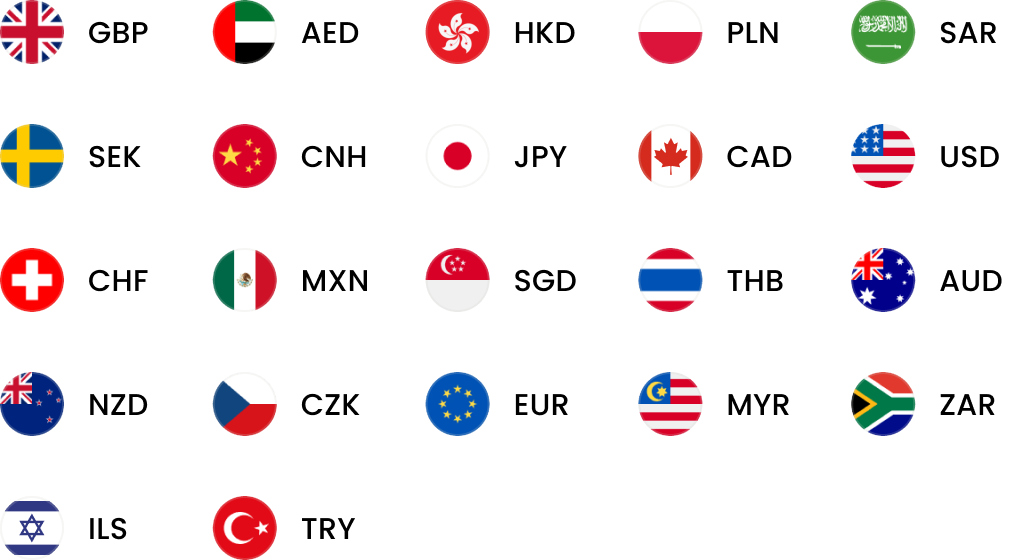Home > Blogs > Business Tips
Too late for Black Friday?
Black Friday is perhaps the best-known global shopping event of the year – and certainly one of the biggest.

According to statistics from the National Retail Federation, 165 million customers in the USA spent an average of $313.29 each during last year’s Black Friday period, generating a total revenue of $717.5 billion, with similar results expected off of the back of this year’s event.
In 2018 in the UK, online shoppers spent £1.49bn on Black Friday, up from £1.39bn in the previous year – with this year’s Black Friday falling on 29th November, the last working day of the month and payday for many British employees, this year’s takings could have been even higher. It was estimated that Brits would spend an average of £250 on Black Friday and on the Cyber Monday (BFCM) sales this year.
What’s it all about?
In recent years, the internet has changed the game. Black Friday is no longer a one-day high street bonanza. With online sales swiftly overtaking bricks-and-mortar, Black Friday has now evolved to become an international online shopping festival, running for the five days up to Friday before continuing over the weekend and wrapping up on Cyber Monday. So, maximising this sales period is key for merchants.
Black Friday represents a massive opportunity for any online retailer, large or small, to reach out to an international marketplace. But this presents challenges, too. Although this year’s Black Friday activities are now firmly underway and the gaze of Retail is now moving to the 25th of December, a number of lessons can be learnt, and the groundwork can commence to ensure Black Friday success in 2020 and beyond.
Choosing a marketplace
As the player responsible for transforming Black Friday into an international event, Amazon remains one of the more apparent marketplaces for merchants to focus on. Despite now having its own shopping festival – Amazon Prime Day – Amazon continues to take Black Friday very seriously.
This year, the Amazon Black Friday deals started appearing from 22nd of November, a full week before the main day of Friday 29th. Of course, Amazon usually heavily promotes its own brand devices (from Kindle to Echo), offering a considerable discount on these products. However, despite prioritising Amazon tech, the wider Amazon storefront offers a huge opportunity for third party merchants looking to capitalise on the demand offered by Black Friday. It is key for all merchants to follow this trend when preparing their deals.
Amazon may be a favourite for many merchants – taking in a whopping 26% of all online sales during the Black Friday period in the UK in 2018 , but it’s certainly not the only option for e-commerce sellers. Most western marketplaces are offering Black Friday and Cyber Monday promotions. In the US, other key players include Walmart, eBay and NewEgg, creating ample choice for merchants looking to benefit from the substantial demand Black Friday enjoys around the world.
Regardless of whether you planned for Black Friday for months, weeks, or just a few days, it’s key to note that this shopping event in no longer for one day! This year’s BFCM period was longer than ever – further evidence in the growing power of e-commerce.
Cyber Monday, which took take place on December 2nd this year, was initially conceived as an online-only shopping event to promote internet shopping, back when e-commerce wasn’t the driving force it is today. Last year’s Cyber Monday was the biggest shopping event in Amazon’s history. There’s no arguing that Cyber Monday has been firmly cemented as a part of the broader Black Friday opportunity, generally bookending the Black Friday sales period.
- Open 20+ local currency accounts and get paid like a local
- Pay suppliers, partners and staff worldwide in 100+ currencies
- Collect payments for free from 130+ marketplaces and payment gateways, including Amazon, Etsy, PayPal and Shopify
- Save with competitive exchange rates on currency conversions and transfers
- Lock in exchange rates for up to 24 months for cash flow certainty
Too late for Black Friday 2019?
Although it’s now a little too late to get on board with Black Friday 2019, many of the tactics and strategies that apply to Black Friday can be extended to your e-commerce strategy on a whole, especially for major shopping events like Christmas and Valentine’s Day. And, with a whole year of planning until Black Friday 2020, you’ve got plenty of time to get your ducks in a row for next time.
Planning is key
Decide well in advance what offers you are going to make and ensure you have the necessary stock and manpower in place. Use sales figures and analytics from throughout the year to better hypothesise which of your products will sell best and focus your efforts on best sellers or products you want to showcase. It’s also important to understand regional variances – product categories popular in one country may be overlooked elsewhere.
Understand your rules of engagement, such as budgetary increases for ads throughout the period. Be prepared to staff up temporarily to handle increased volumes.
Ensure your website/shop is ready for a potential traffic surge
Be ready for a spike in traffic and sales and have a plan in place to cope with any technical issues. Make sure you’re entering the holiday shopping period with an intuitive user interface, a seamless checkout experience offering multiple payment methods, and a high level of mobile functionality. This is solid advice for the entire year – a great user experience will bring shoppers back, so make it as easy as possible for them to interact with your site!
Nail down your FX strategy
When selling into a fast-paced global market with multiple currencies, you must work with an FX provider who can guarantee the service and platform stability so that you don’t get any nasty surprises or glitches during the sales. WorldFirst partners with major marketplaces and e-commerce service providers on a global scale, enabling them to help you solve problems with cross-border payments for your e-commerce business and support your trading needs.
Get your marketing prepared in advance
Customers start researching their Black Friday deals as early as October, so you need to get your brand out there and on their ‘wanted’ list as soon as possible. It’s a highly competitive arena, and if you want to stand out, here’s what you can do:
- Consider applying for promoted placements in any BFCM (Black Friday Cyber Monday) deals with Amazon and other marketplaces.
- Make Google ads Black Friday-themed and offer-specific and increase buyer urgency by linking these deals to limited inventory, or by offering them for a set time only.
- Don’t bid on ‘Black Friday’ as a keyword. Instead, bid on ‘Black Friday + product name’ as this will get you better visibility and a better return on your advertising spend thanks to improved relevancy scores and lower competition.
- Pause any spending on keywords for products that aren’t included in your Black Friday promotions until after the shopping festival, both on Amazon and Google.
- Get the adverts written up and approved at least a week in advance – longer if possible, to allow time for the build-up and cement your place at the top of the SERPs.
Track your success
Use Google analytics and heatmaps from sites like Hotjar to monitor site performance throughout the period to understand areas of success but also any insights where you can improve on. That way, you’ll be even better prepared for next year.
Embrace the Black Friday afterparty
Black Friday marks the start of the primary holiday shopping season when e-commerce sales are at their highest. There’s no better time to implement everything you’ve learnt above but you can apply it to Christmas rather than Black Friday. One promotion you can use to capitalise on this festive period is creating last-minute offers the week before Christmas – you could even offer free priority shipping to seal the deal.
Growing the experience
Whatever your plans were for this year’s Black Friday, remember that global shopping events like this pose an excellent opportunity for merchants with international mindsets. As experts in e-commerce, WorldFirst helps online sellers achieve better exchange rates and make same-currency supplier payments.


What is hedge accounting?
Hedge accounting is a practice of accountancy that attempts to reduce any volatility created by the repeated adjustment of a financial instrument’s value. Find out how hedge accounting could be important for your business.
Mar / 2025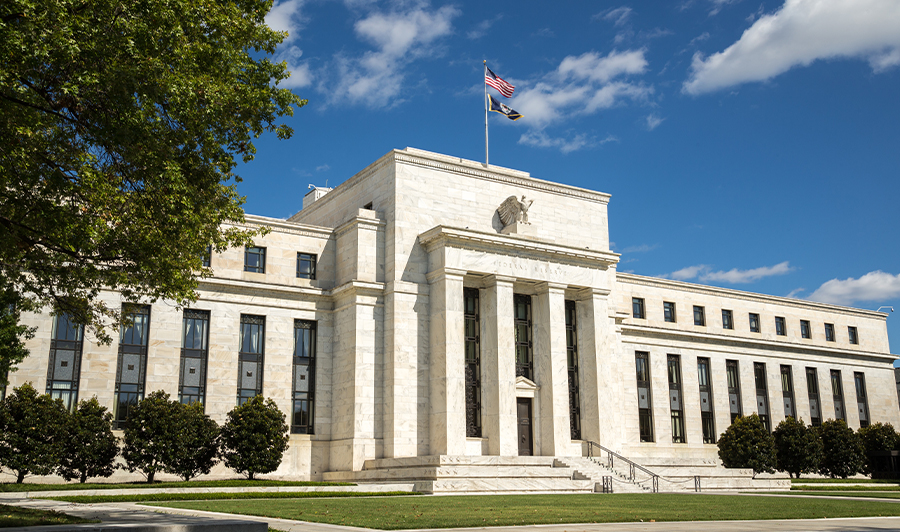
What is an ABA routing number?
An ABA routing number is a nine-digit code that identifies financial institutions in the USA. Read on to learn how they work and where you can find them.
Mar / 2025WorldFirst articles cover strategies to mitigate risk, the latest FX insights, steps towards global expansion and key industry trends. Choose a category, product or service below to find out more.
- Almost 1,000,000 businesses have sent USD$300B around the world with WorldFirst and its partner brands since 2004
- Your money is safeguarded with leading financial institutions
